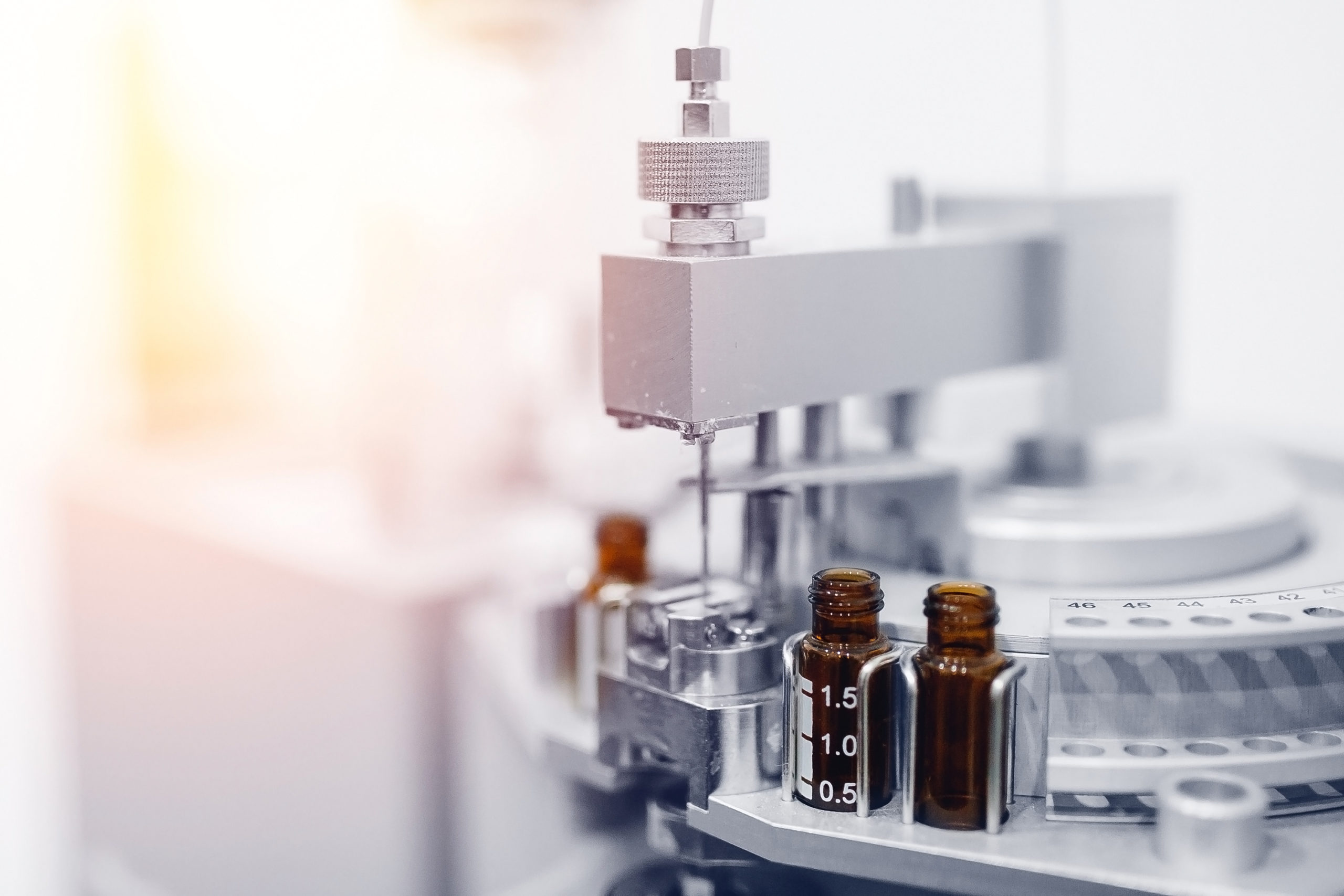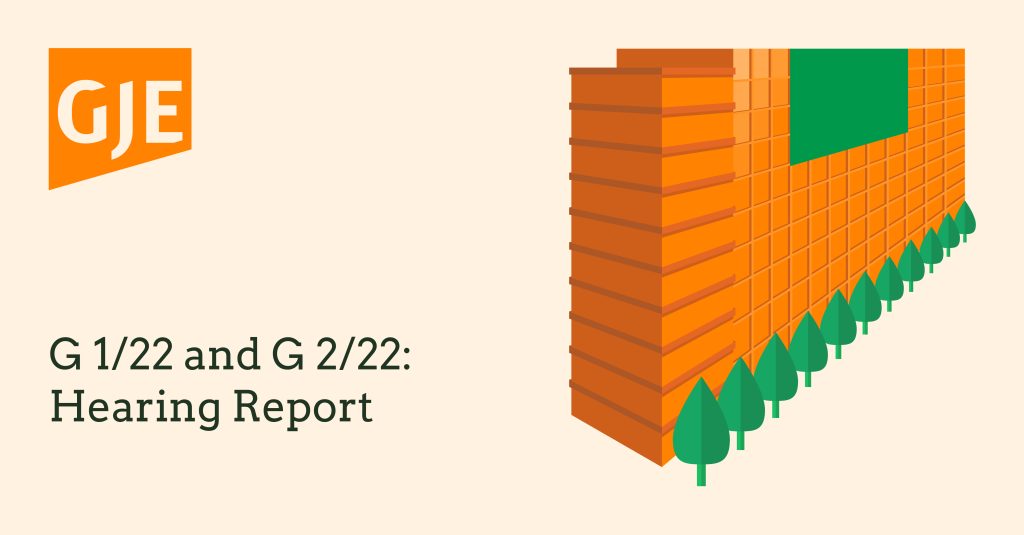
It is just over four years since Board 3.3.01 of the EPO Boards of Appeal delivered its much-anticipated decision in the Dasatinib case (T 488/16).
Having been closely involved in that case on behalf of one of the opponents, it was obvious to me that the decision represented a potential step-change in the EPO’s attitude towards the assessment of inventive step, and the concept of plausibility in particular. It appeared that the threshold for meeting the requirement of a plausible technical disclosure had been raised.
However, two recent decisions (T 2015/20 and T 184/16) by different boards of appeal may signal a turning of the tide on what many in the pharmaceutical industry considered to be too great a burden on patent applicants to support their inventions.
This article reviews what has happened since the Dasatinib decision, and analyses whether recent decisions will alter its legacy.
Background
The Dasatinib patent (European patent No. 1169038) was subjected to an assessment of inventive step in relation to a product claim covering a single pharmaceutical compound, Dasatinib. At the time of the decision, Dasatinib was already a blockbuster drug used in the treatment of certain types of cancer, hence self-evidently effective.
The patent as originally filed contained generic claims and around 580 exemplified compounds. There was a disclosure that the compounds inhibited protein tyrosine kinase (implicated in cancer treatment), and the specification listed assays said to be suitable for the assessment of the PTK activity. However, crucially, there was no activity data in the specification as filed. Data to support the PTK activity was submitted to the EPO only during prosecution, i.e., after the filing date. The board of appeal found that there was no verifiable evidence in the patent application to show the alleged activity, and stated:
“If, as in the present case, the nature of the invention was such that it relied on a technical effect which was neither self-evident nor predictable nor based on a conclusive theoretical concept at least some technical evidence was required to show that a technical problem had indeed been solved.”
This resulted in the exclusion of the post-filed data from the assessment of inventive step, a reformulation of the technical problem, and the result that the patent was revoked for obviousness.
This outcome came as a surprise to most observers as the patent was at least as well exemplified as many pharmaceutical patents of its era. This led to a significant level of concern in the pharmaceutical industry, not to mention a review of the validity of existing cases and drafting practice for new patent applications.
The Recent Decisions
T 184/16 (Board 3.3.02) – Mitsubishi
The first decision to take a noticeably different tack to Dasatinib was issued just over a year ago. The patent in suit contained a generic claim to a group of small molecules that were alleged to exhibit sodium-dependent glucose transporter (SGLT) inhibition. As such, it was speculated that they would be useful in the treatment of diabetes-related conditions. As with the Dasatinib case, the patent contained no biological data supporting the alleged SGLT inhibition or the potential medical uses of the compounds. Nevertheless, the board concluded that the claims (which included both therapeutic use claims and product claims) were both sufficiently disclosed and inventive.
The opponent/appellant focused on the absence of biological data in the patent, arguing that it was not plausible that the claimed compounds exhibited the alleged activity or the consequent therapeutic effect underlying the claimed medical uses.
In light of the lack of data in the patent, the board considered the prospect of plausibility being derived from the common general knowledge. In fact, the board specifically considered that a specific piece of prior art cited in the background section of the patent, rather than common general knowledge as a whole, could support the technical teaching of the patent. This document disclosed SGLT inhibitor compounds that had the “same core structure” as those claimed in the patent, but also contained data to support the alleged inhibitory effect. Based on this structure-activity relationship, the board concluded that the common structural features made it plausible that claimed compounds were indeed SGLT inhibitors.
Having overcome this plausibility hurdle, the patentee was allowed to rely on its own post-filed data to confirm the technical effect, and also to demonstrate that the specific compounds were advantageous and non-obvious in relation to the closest prior art.
To some, this may seem like a contradiction, but in the strict confines of the application of the problem-and-solution approach to inventive step, this compartmentalisation of the analysis of plausibility logically leads to this conclusion. In this regard, the board was motivated to comment on this apparent contradiction, stating:
“It is to be noted that this [the acknowledgement of plausibility] is not in contradiction of the finding that the claimed subject-matter is non-obvious in view of the prior art. The criteria for plausibility and obviousness are different. On the one hand, as set out above, for plausibility of a claimed effect to be acknowledged, it is enough if there are no prima facie serious doubts that the effect can be obtained and conversely no a priori reason and indication in the common general knowledge that the effect cannot be obtained. On the other hand, obviousness is decided in the framework of the problem-solution approach, where generally an important consideration is whether the claimed solution is suggested and thus made obvious by the prior art.”
The decision makes it clear that the assessment of plausibility is primarily concerned with the analysis of the subjective technical effect, i.e., the one put forward in the application as filed, rather than the one determined in light of the closest prior art.
This decision seems to be underpinned by the good fortune of the patentee that the prior art relied upon to make its effect plausible was not also the closest prior art. It also appears to have been important that the prior art relied upon for plausibility was cited in the application as filed, thereby providing a direct link to its teaching. Without both of these factors, it seems likely that the decision would have gone the other way.
T 2015/20 (Board 3.3.07) – Almirall
A more recent decision of February 2021, T 2015/20 was an appeal from the Examining Division by Almirall. It concerned a therapeutic use claim directed to the treatment of asthma with an inhaled specific dose of aclidinium bromide (400 μg aclidinium equivalent).
There was no technical data in the application as filed to show that aclidinium bromide could be used to treat asthma, or that the specific dose was purposive. However, there was data in the application relating to the effectiveness of the drug in treating COPD (a respiratory condition related to asthma), although COPD is a different disease that is at least partially mediated by different mechanisms of action.
In finding that the claims met the requirements of sufficiency under Article 83 EPC, the board referred to prior art which taught that anticholinergic drugs (such as aclidinium) had a bronchodilatory effect in asthma, even if this was not as pronounced as in COPD. Based primarily on this prior art, the board found that there were no serious doubts which would support the objection of lack of sufficient disclosure.
The board of appeal then took the opportunity to review the jurisprudence relating to the assessment of plausibility (see Reasons 2.4-2.6), and in Reasons 2.7 it stated:
“In this context the Board considers the statement in the application, that the treatment of respiratory disorders, particularly asthma and COPD, with aclidinium is most effective upon administration by inhalation in a dosage of about 400 µg metered nominal dose (paragraph [0003]) to represent a significant technical teaching, which is far from an invitation to perform a research programme and which does not prima facie lack plausibility. This teaching is as such falsifiable, in the sense that it is open to challenge, and is therefore considered to represent information in the form of a specific technical contribution which goes beyond some insufficient verbal statement.”
The board then proceeded to consider the inventive step. Starting from the subjective technical effect in the patent, the inventive concept of asthma therapy with aclidinium was considered plausible. Given the fulfilment of this threshold, post-filed data was allowed to support the advantage of the optimised dose. With this optimised dose being used as the technical effect, the invention was found to be non-obvious with respect to the closest prior art.
Realising that this was an opportunity to comment on the increased scrutiny of speculative patents, particularly those which do not contain data at all, or which only contain data of marginal relevance (such as data that falls outside the scope of the claims), the board was moved to state:
“Claims in patent applications typically involve generalisations which inherently include an aspect of speculation. Patent applications in the field of medicine represent in this respect no exception. The approaches developed in the jurisprudence of the Boards of Appeal of the EPO for the assessment of sufficiency of disclosure and inventive step specifically take account of the technical contribution actually disclosed in a patent application to avoid patent protection resulting from unreasonable speculation on the basis of propositions that are prima facie implausible (see also points 2.6, 2.7 and 5 of the Reasons).”
Commentary
Dasatinib unquestionably raised the bar for the assessment of plausibility. It asked the positive question “Is there any verifiable information in this patent which allows a conclusion that the alleged contribution to the art is at least plausible?” In the absence of some data or a technically reasoned rationale, plausibility was denied, post filed data was found inadmissible, and the patent was revoked for lack of an inventive step.
The Mitsubishi decision is arguably consistent with this approach. While the application did not contain any supporting data, it did propose a rationale based on a structure-activity relationship that allowed a positive assessment of the general activity of the claimed compounds. However, this decision makes it clear that the plausibility threshold need only apply to the “subjective” problem set out in the application, rather than the “objective” technical effect as formulated compared to the closest prior art. This seems fair given the assumption that the applicant cannot reasonably be expected to identify and distinguish itself from the closest prior art at the filing date. This assessment is a legal question applied by the board of appeal, rather than the notional skilled person.
Where the Almirall decision appears to shift radically is in posing a negative question, rather than a positive one – essentially, the board asks whether an effect is not implausible, rather than whether it is plausible. As long as a stated effect is not at odds with the prevailing technical opinion, it is deemed to pass the plausibility threshold. This is clear from the headnote which specifically sets the bar at avoiding patent protection for “propositions that are prima facie implausible”, rather than only awarding patent protection to inventions that are plausible.
It is also interesting to note the comments in section 2.7 of the decision that the statement in the application of the alleged effectiveness of the 400 µg in treating asthma is “a significant technical teaching.” This is said to be “far from an invitation to perform a research programme” and is “as such falsifiable, in the sense that it is open to challenge …”. However, the same could be said of the technical teaching in the Dasatinib patent. The compounds disclosed in that patent were clearly identifiable, were stated to exhibit the desired activity, and tests were cited to assess the alleged activity.
In conclusion, while the author agrees that the statement in the patent is not, per se, implausible, that is very different to there being some positive and verifiable information in the patent application. Essentially, according to the Almirall decision, unless there is some teaching away from the invention, or it significantly defies the technical norms or logic, it will be considered to have met the plausibility threshold. This now appears to place the burden of proof onto the EPO and third parties to challenge the teachings in the patent. If borne out, that would be a significant departure from the well-established tenet that each party bears the burden of proof for the facts it alleges. If a patent is fundamentally based on a technical contribution to the art, then the patentee should arguably be expected to make that technical contribution plausible, rather than plausibility being a rebuttable presumption.
As much as Dasatinib raised the plausibility threshold, Almirall appears not just to return the bar to its previous position but significantly lowers it, if not quite removing it completely. As much as the pharmaceutical industry should be pleased to see a relaxation of the Dasatinib standard, the volte face by this EPO board of appeal could be a significant impediment to industry, with “not implausible” armchair inventions blocking legitimate innovation and development. Will other boards follow it? Clearly, that will depend on the facts. The author predicts that the future will look closer to Dasatinib than Almirall.
To discuss the plausibility threshold and how it might impact your cases, please find my contact details here or contact us via gje@gje.com.


